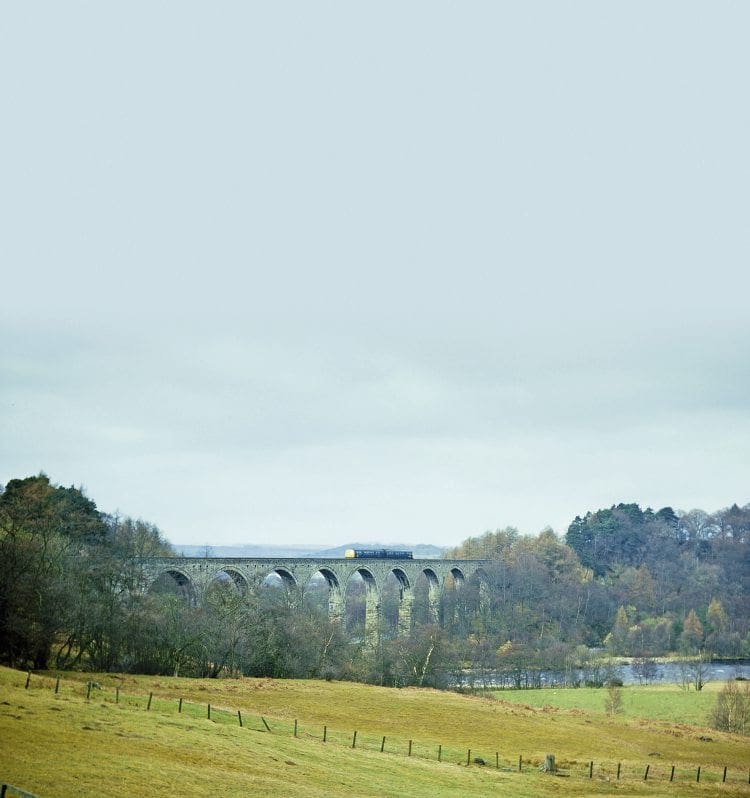Forty years ago the last surviving rural passenger branch line in Northumberland closed. This was the Haltwhistle to Alston Railway, which although earmarked for closure as part of the Beeching cuts in 1963, miraculously survived up until May 1, 1976. Trevor Gregg looks back at the history of the railway and its route through the beautiful valley of the River South Tyne.

The area around Haltwhistle and Brampton was rich in minerals, principally coal, and for its successful exploitation, transport was needed to move the coal from the mines to the markets.
In 1798 a horse-drawn waggonway was built from Brampton to Tindal Fells and Talkin, south-east of Brampton. Lord Carlisle, the major landowner in the area, was developing his Naworth coalfield and this waggonway transported the coal to Brampton, where it was then carried by road to Carlisle and Penrith.
Enjoy more Heritage Railway reading in the four-weekly magazine.
Click here to subscribe & save.
In 1824 the waggonway was converted to a railway and at the same time was also extended further east towards new collieries, which his lordship had opened. George Stephenson personally inspected the construction of the railway and his locomotive Rocket worked the route for a few years after being sold by the Liverpool & Manchester Railway.
Read more in the latest issue of Heritage Railway
Advert
 Enjoy more Heritage Railway reading in the four-weekly magazine. Click here to subscribe.
Enjoy more Heritage Railway reading in the four-weekly magazine. Click here to subscribe.











